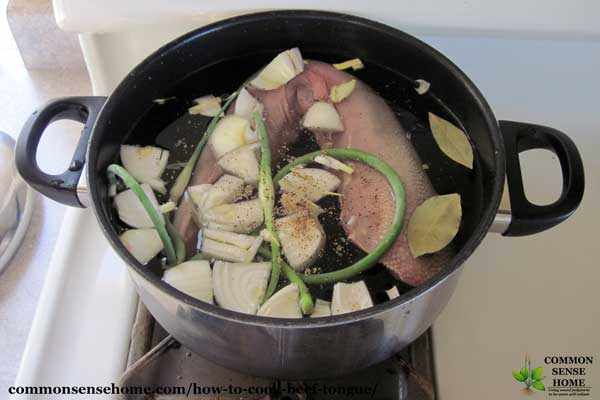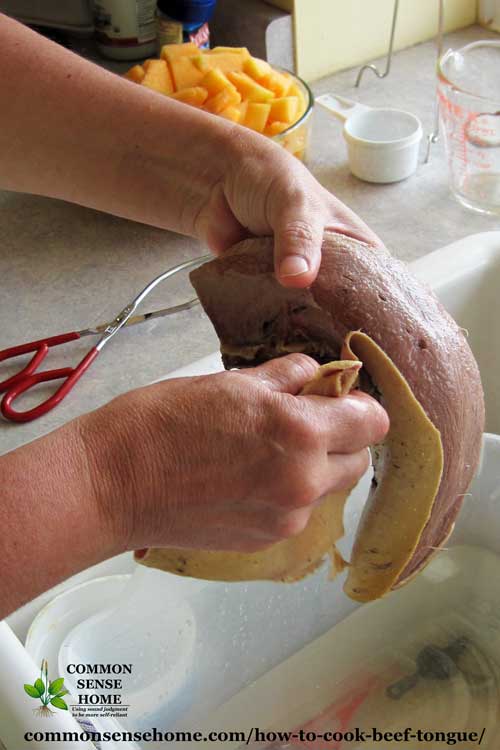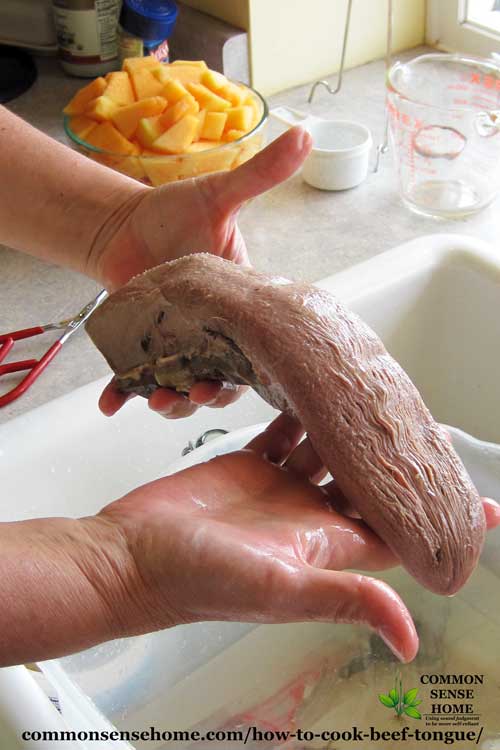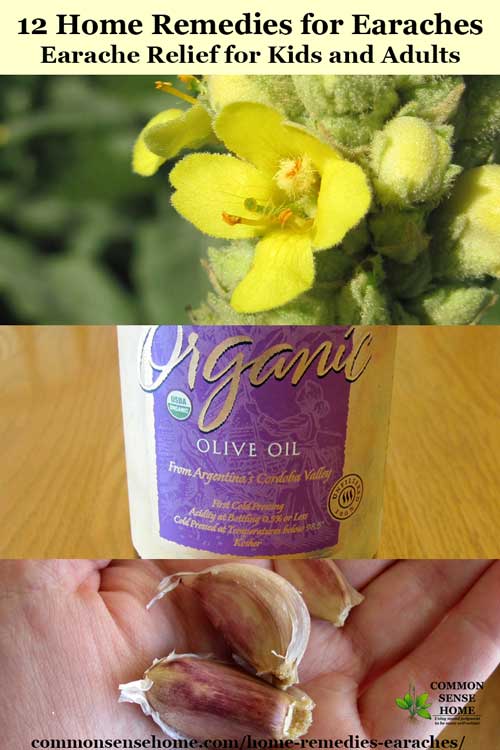Do you garden in a traditional bed or a raised bed? I actually use both because I find that they both have their benefits.
For instance, I like raising items that I’m going to need a lot of in a traditional style bed. Then I can use our tractor to do most of the weeding.
However, when I raise smaller batches of plants, or I raise plants that take longer to produce, then I prefer using raised garden beds.
But there are so many other perks to using a raised garden bed. If you don’t have them, after reading this, you just might change your mind.
Benefits of Raised Bed Gardening
1. You Can Have Nice Pathways

via Popular Mechanics
One thing I don’t like about a traditional garden is I struggle to have nice walkways. The plants get so big that as the growing season goes on, it can be hard to maneuver with ease through a traditional garden.
Well, that isn’t the case when you garden with raised beds. You can arrange the beds any way you like. Then you can put stepping stones on the pathways, mulch, or any other decorative way you would want to design your garden pathways. In the process, this helps to keep weeds down too.
2. Usually, You Produce More
Raised garden beds are a little easier to baby because of the smaller amount of space you have to keep up with.
So with the more accessible maintenance, better aeration, less soil compaction, along with fewer pests and weeds it usually equates to having more vegetation being produced from a raised garden bed.
3. Some Can Be Portable
Did you know that not all garden beds have to stay in one place? You can actually create them where they have wire mesh in the bottom.
Then when you want to move them around based on sunlight and what you’re planting, they can be dragged through your yard to a new location. That is pretty awesome if you are someone that likes to change things around, or you worry about crop rotation.
4. Easy to Grow Smaller Amounts
I usually use my raised garden beds for when I want to grow a smaller amount of something. In our case, my husband loves jalapenos.
But let’s be real. I only need so many of them. They are a good option for us to plant in a raised garden bed, where we can grow some but don’t have a to fill up a row in our garden with them.
5. Soil Compacting Prevention
When your soil gets compacted it is hard for anything to grow well in it. With raised garden beds, you don’t have to worry about your ground becoming as compacted.
Basically, you are adding soil to a box. This soil isn’t walked on nor does it get beat down as much by the elements. So the soil stays lighter and fluffier, which makes it easier for your vegetables and other plants to grow in that soil.
6. Better Drainage
When dirt is less compacted, it makes the soil drain better. The moisture has room to move around and to drain when it needs too.
So when you have better drainage, it means your plants will be healthier and provide better production as well.
7. Makes it Harder on the Pests
There are all kinds of pests constantly waiting to feed on your garden. This is a problem because if they are feeding on your plants that usually means you won’t be able to.
But when you use raised garden beds, it makes it more difficult for pests to get to your plants. If the beds are a lot higher off the ground, then it means that they can’t just jump from plant to plant like they can in a traditional garden. Even if they are closer to the ground, the box creates a barrier which also creates challenges for pests.
8. Physically Easier to Maintain

via Tractor Supply
Digging around in a flat garden can be really strenuous work. It can be especially difficult on your knees and back.
But with raised garden beds, they can be higher, and a lot of them even have nice ledges for you to sit on. Here are some great raised garden bed plans that you might really love.
9. Offers Protection
I initially began using raised garden beds because it seemed no matter where I planted my bulb plants, my chickens would constantly dig them up.
Then I planted them in a raised garden bed, and my birds seemed to leave them alone. So again, raised garden beds can offer protection for bulb plants when they might be feasted upon by birds or squirrels. They can help protect against the larger pests, not just the bugs.
10. Makes Gardening Possible

via Earth Easy
Have you thought about how many people are disabled, would love to garden, but feel they can’t because gardening in a traditional garden might be too difficult because of physical limitations?
Well, there are lots of people in that boat that might want to tune into the idea of gardening in raised beds. We had to garden a little differently for my mother-in-law when she became too ill to be able to do what she loved most, which was gardening. But raised beds really made things a lot easier for her.
11. Good Aeration
I’ve mentioned this a little before, but good aeration is a definite bonus to gardening in raised beds. When the dirt doesn’t become quite as compacted as traditional dirt, it allows it to stay light and fluffy.
Well, that light and fluffiness also allow for air to move around. This creates better soil and healthier plants in the process.
12. Room for the Roots
I know I keep harping on how much better the soil can be in a raised garden bed, but it really can make all of the difference when planting items in them.
For instance, because the soil isn’t compacted and is better aerated, it makes it easier for the roots of plants to spread out. This creates stronger and healthier plants. Which should result in them being able to fight disease better and also make them yield more fruit too.
13. Tree Roots Can’t Mess with It
Do you have a wooded property? We once did, and it can make planting quite hard because tree roots will always get in your way.
Well, when you plant in raised garden beds, the tree roots aren’t usually an issue. The plants aren’t digging into the ground like they would in a traditional style garden, so they don’t run into roots making it difficult for them to grow.
14. Can Extend Your Growing Season
Do you live in an area where you are working on a limited growing season? If so, then you’ll want to tune into the idea of using raised garden beds.
Because raised beds have soil in them that are not part of the ground, they can thaw a little faster than your traditional soil. Which means you can plant earlier in raised garden beds than you can actually plant into the ground.
15. Visibly Appealing
Raised garden beds are quite appealing. They make your garden look neater and are something that people like to see.
Plus, since they can be made with a sitting area on the sides, they seem more inviting as well. So if you’d like to have an attractive garden, then you might want to start with raised garden beds.
16. Easy to Build and Inexpensive
Our first raised garden beds were actually created from wooden slabs. They looked rustic but were very charming with the style of the rest of the house.
But the best part was they cost us nothing to build because we found a lumber mill where we got slabs for free. So if you would like to create raised beds just think outside of the box a little, and you might be surprised how inexpensive and easy to build they really can be. Here are some raised garden bed ideas.
17. You Have More Options
When it comes to raised garden beds, you have lots of options. You can make them as large or small as you’d like.
But when you grow a traditional garden, it can be difficult always to create the desired plot size. However, with raised garden beds, you just build them to suit, and they’ll be unique to your taste.
18. Easier Upkeep
I already mentioned that raised garden beds can be more comfortable for you physically to maintain them, but logistically they are as well.
When we have a large garden I have to really think how I’m going to be able to maintain it all because of keeping the weeds down. Well, when you have a raised garden bed, there is less room for the weeds (and your back isn’t killing you from being bent over) so it is easier and less time-consuming to keep them from unwanted weeds.
Well, you now have 18 different benefits of gardening in a raised bed. They are quite handy to have, even if you do like I do and don’t grow everything in them.
But you can’t deny that they definitely have their benefits and can make life easier at times.
However, I’d like to hear from you. Do you garden in raised beds? What benefits have you noticed from gardening in them vs. a traditional garden? Would you recommend raised bed gardening? Why or why not?
We love hearing from you all, so please leave us your thoughts in the space provided below.

The post 18 Benefits of Raised Bed Gardening You May Have Never Considered appeared first on Homesteading Alliance.


18 Benefits of Raised Bed Gardening You May Have Never Considered syndicated from https://homesteadingalliance.com/


![]()
























